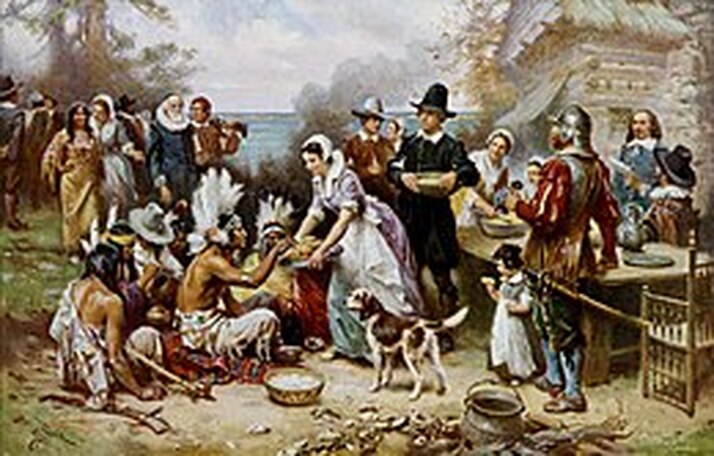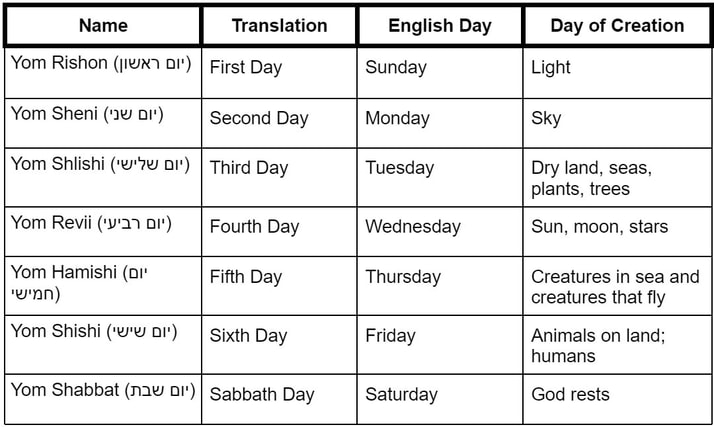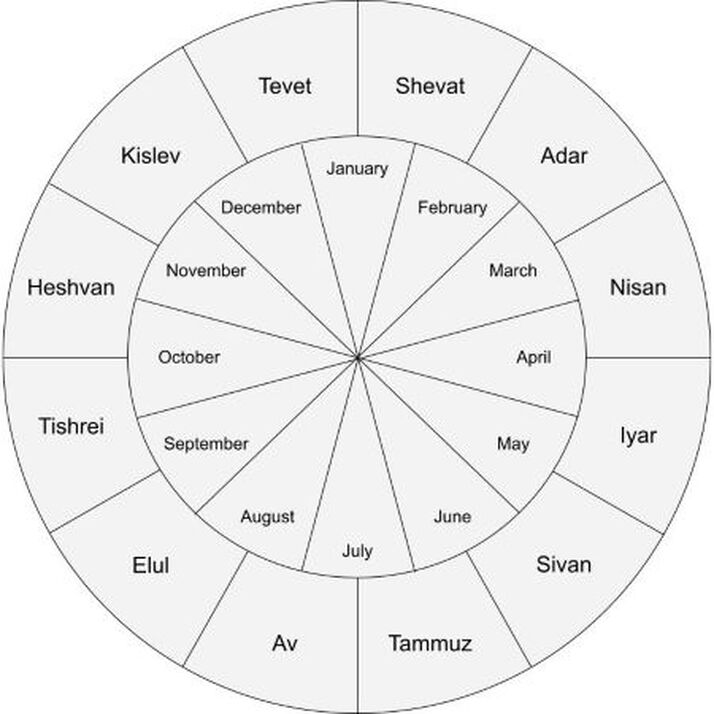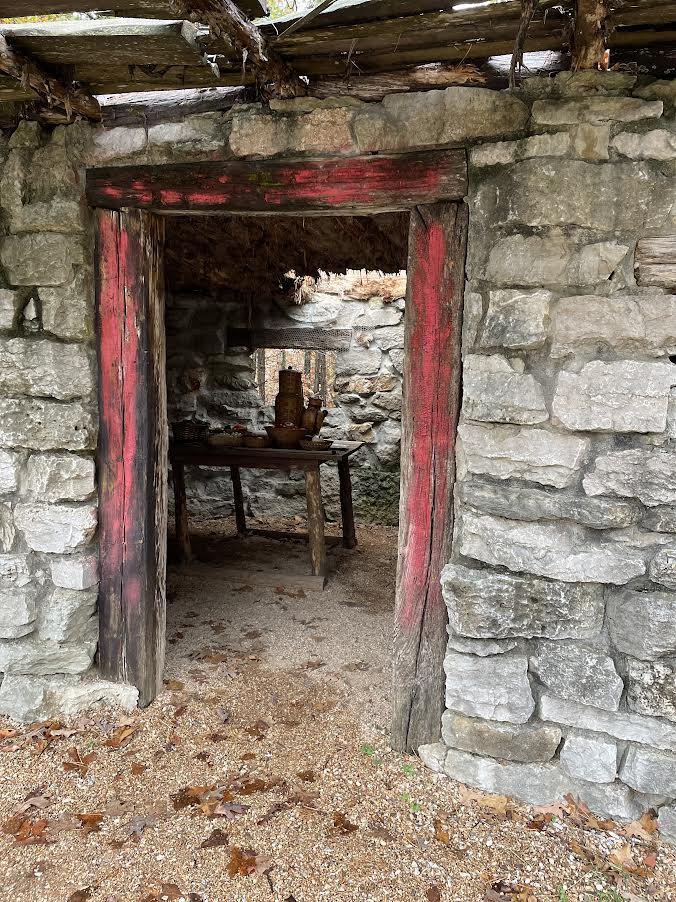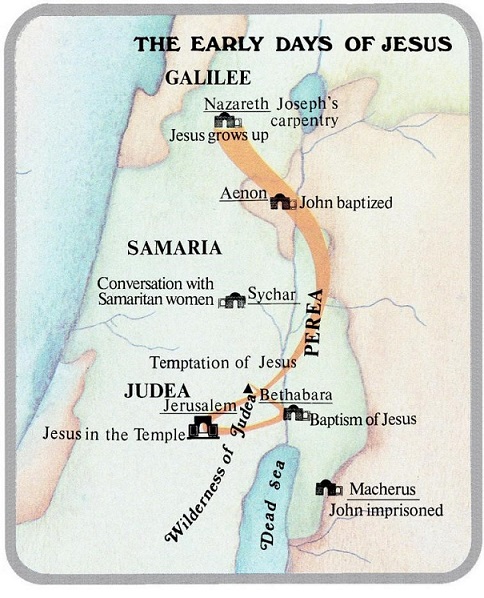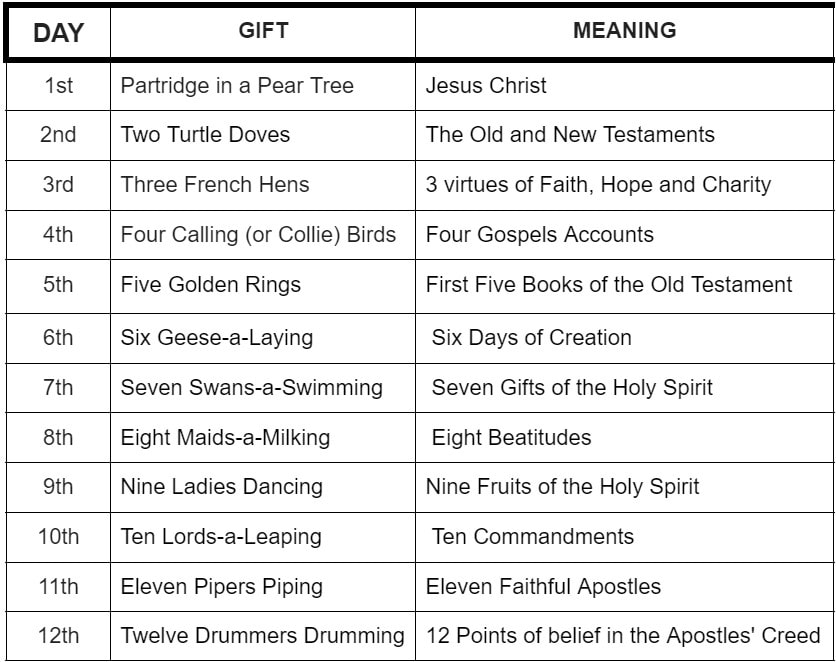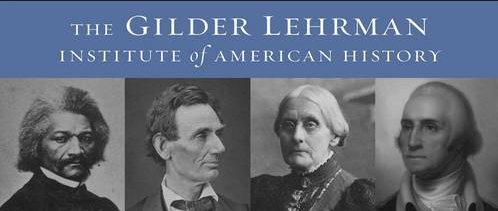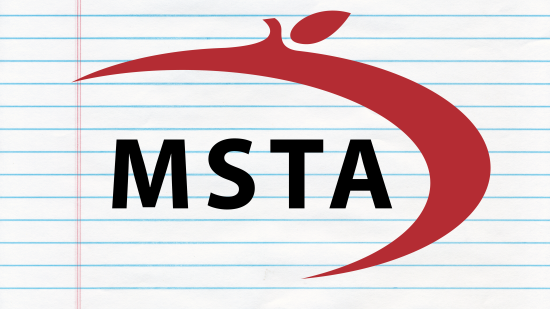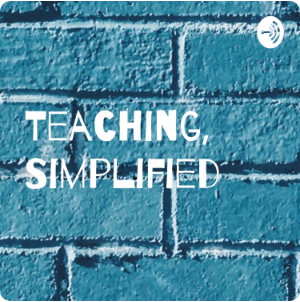Days of the Week
| Yom Rishon (יום ראשון) Yom Sheni (יום שני) | Yom Shlishi (יום שלישי) Yom Revii (יום רביעי) Yom Hamishi (יום חמישי) | Yom Shishi (יום שישי) Yom Shabbat (יום שבת) |
| Perhaps your chart looks similar to this one: | Sabbath Day We do pretty well with our understanding of the seven days of the week, even if the names in Hebrew sound a little peculiar to us. The day that most of us know the Israelites were commanded to remember is the seventh day - Sabbath Day. Below is a video to explain the modern observance of the Yom Shabbat. |
| | New Testament References Luke 13:14-16; 14:15 John 5:9; 9:14; 19:31 Old Testament References Exodus 16:4-7; 20:8-11; 31:15 Leviticus 23:3 Numbers 15:32-36 Deuteronomy 5:12-15 Nehemiah 10:31; 13:15-22 Isaiah 58:13 |
| 1. Sabbath Year - Seventh year References: Exodus 23:10f; Leviticus 25:1-7
| 2. Year of Jubilee - 50th year References: Leviticus 25:8-55; 27:17-24; Numbers 36:4
|
Calendar
WeatherIn Israel, it is either dry or rainy. The four seasons with which we are familiar really amount to two seasons for this area of the planet. Most of the year is hot, but weather varies from region to region. The Rift Valley also varies from the Galilee area to the Dead Sea area. As mentioned before, there are no major rivers in the West Bank, so water is crucial. A light rainy season results in few crops. Read Deuteronomy 11:10-14. | |
For more about the autumn and spring rains, read Joel 2:23f.
During the hot, dry season, wind is usually from the west or northwest. Weather systems developing over the Mediterranean Sea bring moist, cool wind, along with some relief from the heat. During other times of the year, there is hot, dry wind from the south or east, bringing a scorching heat that could wither green plants (See Psalm 103:16 and Ezekiel 19:12.).
On the outside ring of your circular calendar, add the weather patterns as we discuss them in class.
Festivals
Read Leviticus 23:23-25.
There are many references to trumpets in the Old Testament. They are often used in celebration, but often are used as a call to action, call to war, and call to judgment.
| | New Testament References Matthew 24:31 1 Corinthians 15:51f 1 Thessalonians 4:16 Old Testament References Exodus 19:16-19 Numbers 10:1-10; 29:1 Joshua 6 Judges 7 Job 39:24f |
| Read Leviticus 23:26-32 What is atonement? Atonement is strictly an Old Testament Word. What other words mean the same thing? Is atonement a New Testament concept? In the United States, we have a Thanksgiving holiday: should we also have a day of atonement? | |
Read Leviticus 23:33-43.
| It would appear that this festival is really to acknowledge God's protection to the Israelite people and modern Jews (whether faithful, moderately faithful, or not faithful at all). New Testament Reference Revelation 7:15; 21:3 Old Testament References Exodus 39:32ff Psalm 27:5 | |
Read Leviticus 23:6-8.
| New Testament References Matthew 13:33; 16:6 1 Corinthians 5:6-8 Old Testament References Exodus 12:34; 23:18; 34:25 Leviticus 2:11; 6:17 | Leaven (yeast) was mixed in with the dough to make bread rise. Bread brought as an offering to the Lord was to be baked without leaven. Honey was also not to be used as a sweetener in any of the foods presented to God. One thought is that these items were prohibited because they were involved in the sacrifices that were traditionally offered to pagan gods. Read the article provided in your packet concerning wine and fermentation, and be ready to discuss. |
| This festival is commemorated on the last day of the Feast of Unleavened Bread. Read Leviticus 23:9-14. Grain harvest is just beginning. On this day, the Israelites bring the first fruits of the grain harvest for an offering to God. What is the significance of first fruits? | New Testament References 1 Corinthians 15:20-28; 16:15 James 1:18 Revelation 14:4 Old Testament Reference Exodus 23:14-17 |
Read Leviticus 23:15-21.
One memorable Pentecost is noted in the video here (right). | The Greek word for fifty is Pentecost. By New Testament times, the Festival of Weeks, being 50 days after Passover, was known as Pentecost, near the end of the third month, Sivan (early June). Here is a chance for the Israelites to thank God for the grain harvest and to remember when God’s gave the Law to Moses. |
| Remember the road to Jericho (Good Samaritan: Luke 10:30ff). Road is narrow in places, precipice on one side, shear wall on the other. This is the road that Joseph brought Mary on to get from Nazareth to Bethlehem. Place Nazareth, Capernaum, Samaria, Jerusalem, and Bethlehem on the map you have been provided. Trace the journey of Joseph and Mary from Nazareth to Bethlehem. Why not take a shortcut? This is the road Joseph would take three times a year to celebrate the three festivals (Passover and the Feast of Unleavened Bread, the Feast of Weeks, and Feast of Tabernacles). It is also the road Jesus would take to be baptized by John. Eventually, Jesus would venture into Samaria to speak to the woman at the well. |
Read Esther 9:18-32.
| Hannukah, or the Festival of Lights, is always on the 25th day of Kislev in the Hebrew calendar. It is a Jewish festival that reaffirms the ideals of Judaism. It also commemorates the rededication of the second Jerusalem temple. This festival has its beginnings during the time between the testaments, about 200 years before the birth of Christ. | |
| Since we just mentioned the eight days of Hanukkah, it reminds many of us of the twelve days of Christmas, famously made into a popular carol that we hear around the Christmas season. The song, as you might imagine, was born out of the Catholic religion, with parts being foreign to those of us who hold different beliefs, and other parts that are foreign to people who reject Christianity outright. For the record, as far as I can tell, the chart here is a rundown of each of the gifts and their meanings. This information can be used to fill in the chart in your packet. |
| | For an hour-long presentation about the 12 days and how Medieval English people celebrated the season, see the video here. Most of us probably don't understand the traditions of the Christmas season - the Yule log, the Christmas tree, the Advent calendar, Santa Claus, Good King Wenseslas, and more. While much has lost its original meaning, understanding the history of it all can bring one to think twice about including some of the things we have kept as tradition. |

